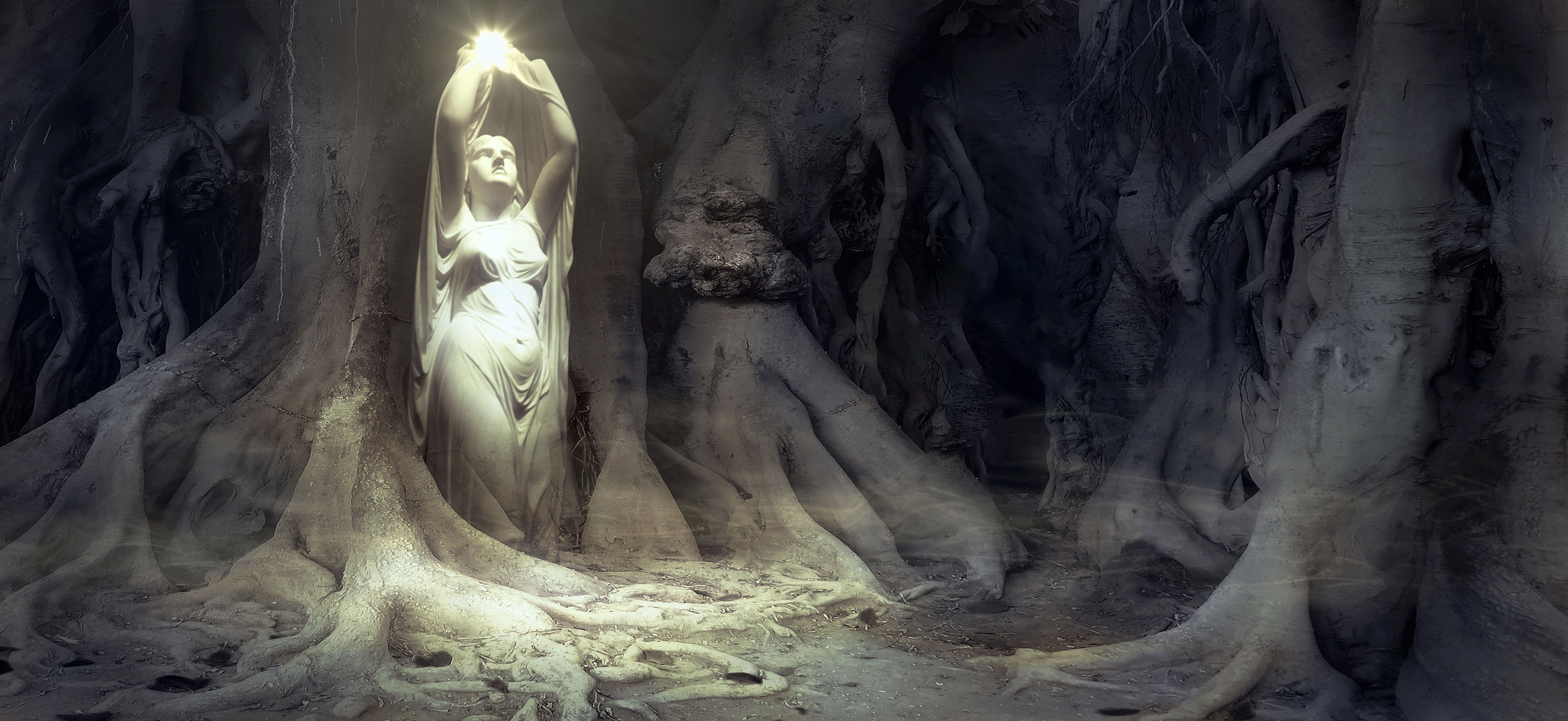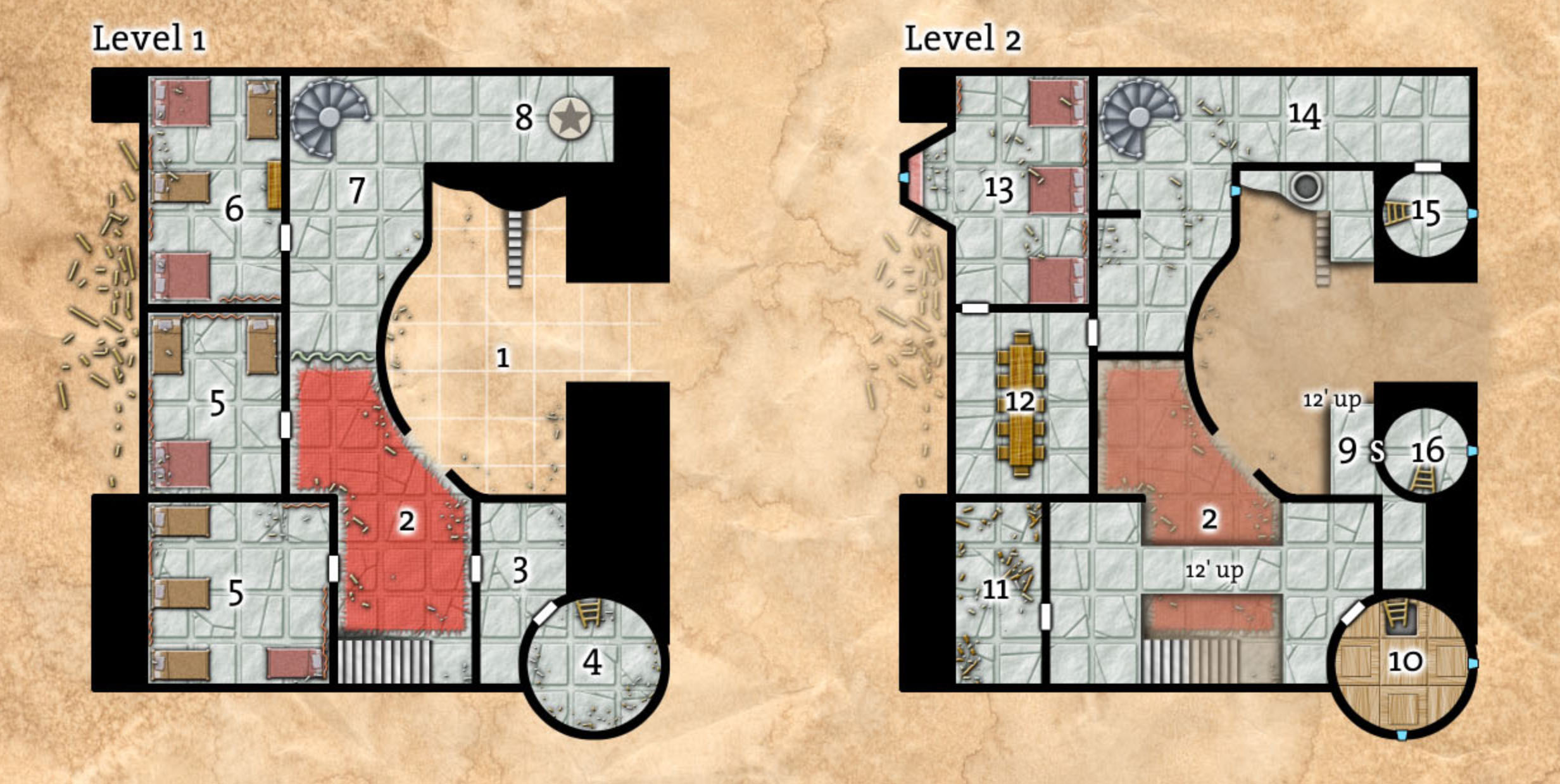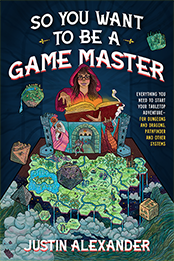DISCUSSING
In the Shadow of the Spire – Session 24A: The Squire of Dawn
Sir Kabel returned the bow with a nod and then sat down on the couch, motioning Tor to a nearby chair. “Sir Torland of Barund, if I remember correctly? We spoke of horses at Harvestime, did we not?”
“Yes, but I am no knight, sir.”
“Truly?” Sir Kabel raised his eyesbrows. “Yet you bear a sword at your side and you carry yourself like a warrior.”
“I am trained in the blade,” Tor said. “But I belong to no order.”
“Would you like to?”
In this week’s session, Tor makes a choice about which order of knighthood to approach in his quest to become a knight. This might be a good time, therefore, to do a call back to an earlier Running the Campaign essay, “An Interstice of Factions,” in which I looked at how and why I’d set up this choice in the first place.
I honestly have no idea how things might have played out if Tor had instead selected the Knights of the Golden Cross or the Knights of the Pale. But as you can see in the campaign journal (although Tor really doesn’t), Sir Kabel had not only become aware of Tor’s martial prowess, he also had political motivations for keeping Tor close to him. As a result, Tor’s entrance into the order is heavily accelerated as he moves almost immediately into almost informal Trials of Arms, which are what I’d like to discuss today.
UNUSUAL RULINGS
“I’ll rest on little ceremony here,” Kabel said. “This is your First Trial of Arms. We’ll begin with the Test of the Blade. Strike me. If you can.”
Tor attacked… and Kabel easily parried the thrust. “Good form. Controlled, yet fierce.”
Tor feinted to the left and then slashed to the right. Kabel almost completely ignored the feint and easily parried the slash, but Tor deflected his blow and plunged the point of his blade toward’s Kabel’s chest. Kabel was forced to twist his own sword in order to parry the follow-thru. “Excellent!”
Tor backed off half a pace and then quickly brought a strong blow down directly towards Kabel’s head, but Kabel was quick enough to shift his footwork, right his form, and block the blow.
“Enough!” Kabel cried, disengaging. “Now for the Test of the Shield. Defend yourself!”
A lot of mechanics in RPGs are clearly designed for one specific implementation, and this can often be seen quite clearly with combat mechanics. One of the great things about having a GM who can make ruilings, though, is that even these mechanics can be creatively turned to new uses when the occasion calls for it.
In this case, for example, I plucked attack rolls out of the combat system and structured them as a series of checks which included parsing some mechanical failures into partial successes – i.e., attacks which could impress Sir Kabel even if they were not, in fact, successful at striking him.
The cool thing about using mechanics in unusual ways – instead of just doing some ad hoc fiat – is that (a) the player still feels like they’re in control of the situation because they can apply their mastery and understanding of the rule system and (b) the GM can also continue to use the supporting infrastructure around those mechanics to support and enhance their rulings.
For example, I was able to use my house rules for fighting defensively to increase Sir Kabel’s effective AC (since he was entirely focused on parrying Tor’s blows). Conversely, Tor’s player realized she could do the same, using the Aim ability on Tor’s final attack.
PLAYER-FACING MECHANICS
Tor loosed the shield from his back and lowered himself into a defensive posture. Sir Kabel unleashed a withering flurry of attacks, and although Tor blocked many of them, Kabel’s sword seemed to constantly find the weak points in his defense.
After several exchanges, Kabel stepped back again. “I’m impressed. It’s clear you have had little formal training, but your instincts are strong and you have clearly been tested by the true heat of battle. The Order would be honored to have you serve as its squire.”
The other thing I did here was shift to a player-facing defensive roll when Sir Kabel moved to the Test of the Shield.
A player-facing mechanic involves the player always being the one to roll the dice: If a PC is attacking, the player rolls the attack dice against a static target number representing the target’s defense. If the PC is defending, on the other hand, the player makes a defense roll against a static target number representing the attacker’s skill.
(A system where both the attacker and defender roll on each attack is NOT player-facing; that’s dual-facing. D&D attacks are generally neither, with the attacker always being the one to roll.)
A player-facing mechanic can have advantages in both practice and design, but perhaps the biggest advantage is psychological: Even though the mathematical effect of a player-facing mechanic can be utterly irrelevant, we nevertheless associate rolling the dice (i.e., an action taken at the table) to the action of the character for whom the dice are being rolled; it feels as if that character is the one in “control” of the outcome.
This is also due to the variability of the dice: If I roll for the attacker but not the defender, then the defender’s outcome is constant. Ergo, our subconscious assumes that success or failure is entirely dependent on what the attacker did – on the variability of their outcome.
(I talk about this effect a bit more in “The Design History of Saving Throws,” and also how you can consciously choose to break this psychological default when narrating outcomes in The Art of Rulings.)
Long story short, I deliberately chose to have Tor make a player-facing defensive roll — rolling 1d20 + AC modifiers vs. Kabel’s attack bonuses + 10 — because it centered Tor as the most important character in that moment.
And, of course, the player rolling the dice is the one actually engaged in the resolution, and you can see that quite clearly in this example: If I’d followed the normal mechanics and rolled Kabel’s attack rolls during the Trial of the Shield, Tor’s player would have just sat there watching me roll dice and narrate outcomes. Having the player roll the dice, regardless of any other factors, simply made for a more satisfying game play experience.
NEXT:
Campaign Journal: Session 24B – Running the Campaign: Lore Book Meetings
In the Shadow of the Spire: Index
















